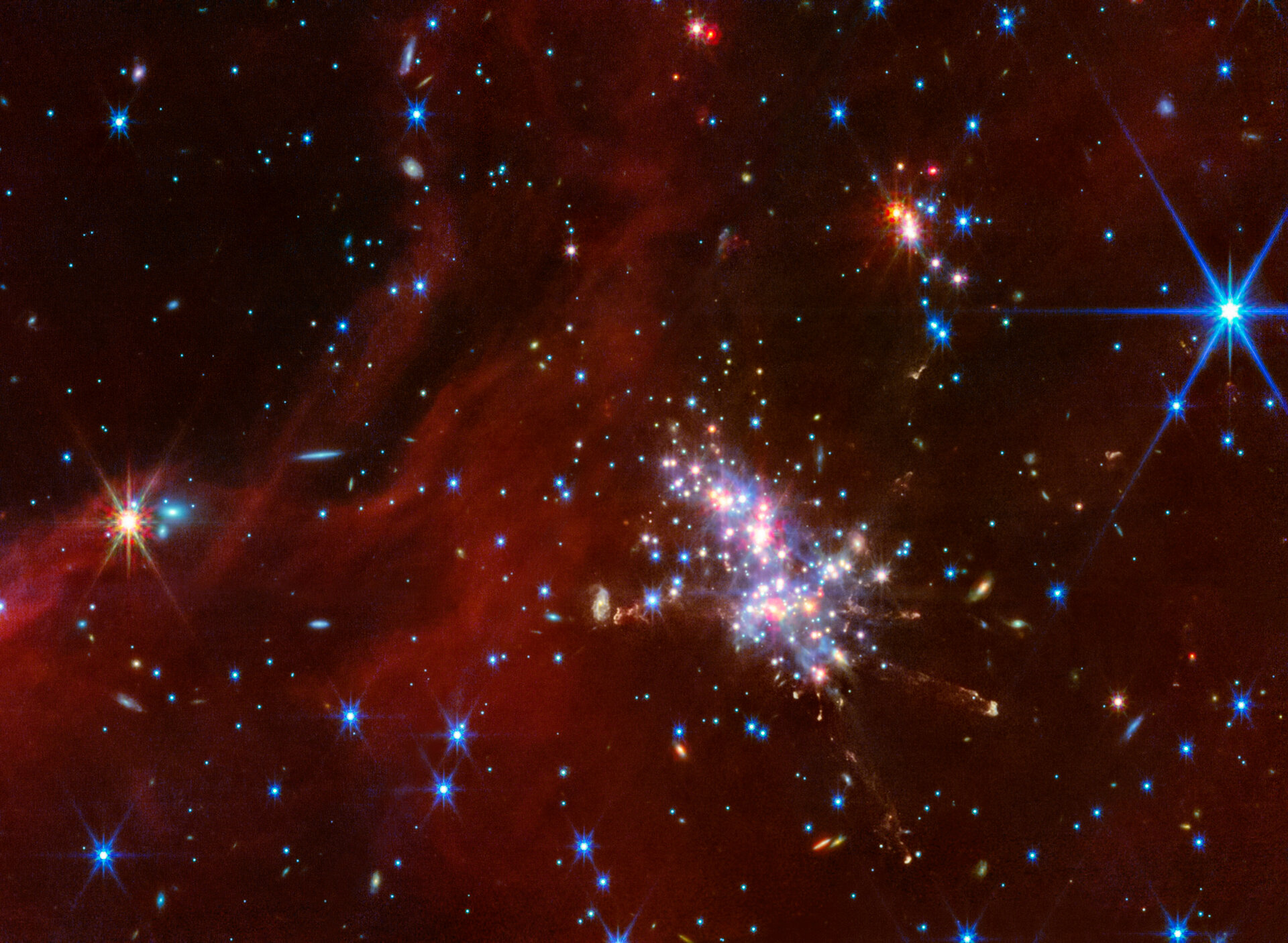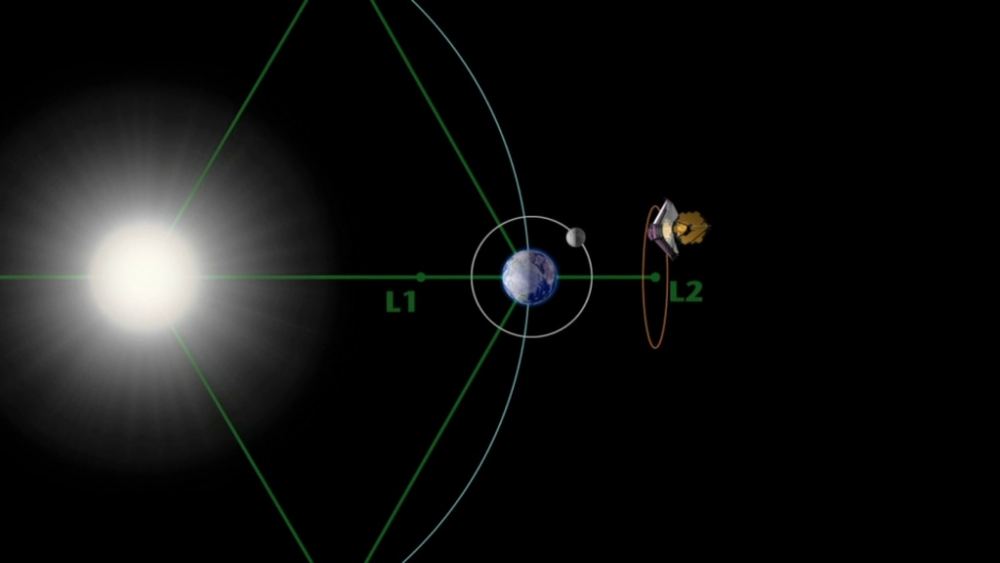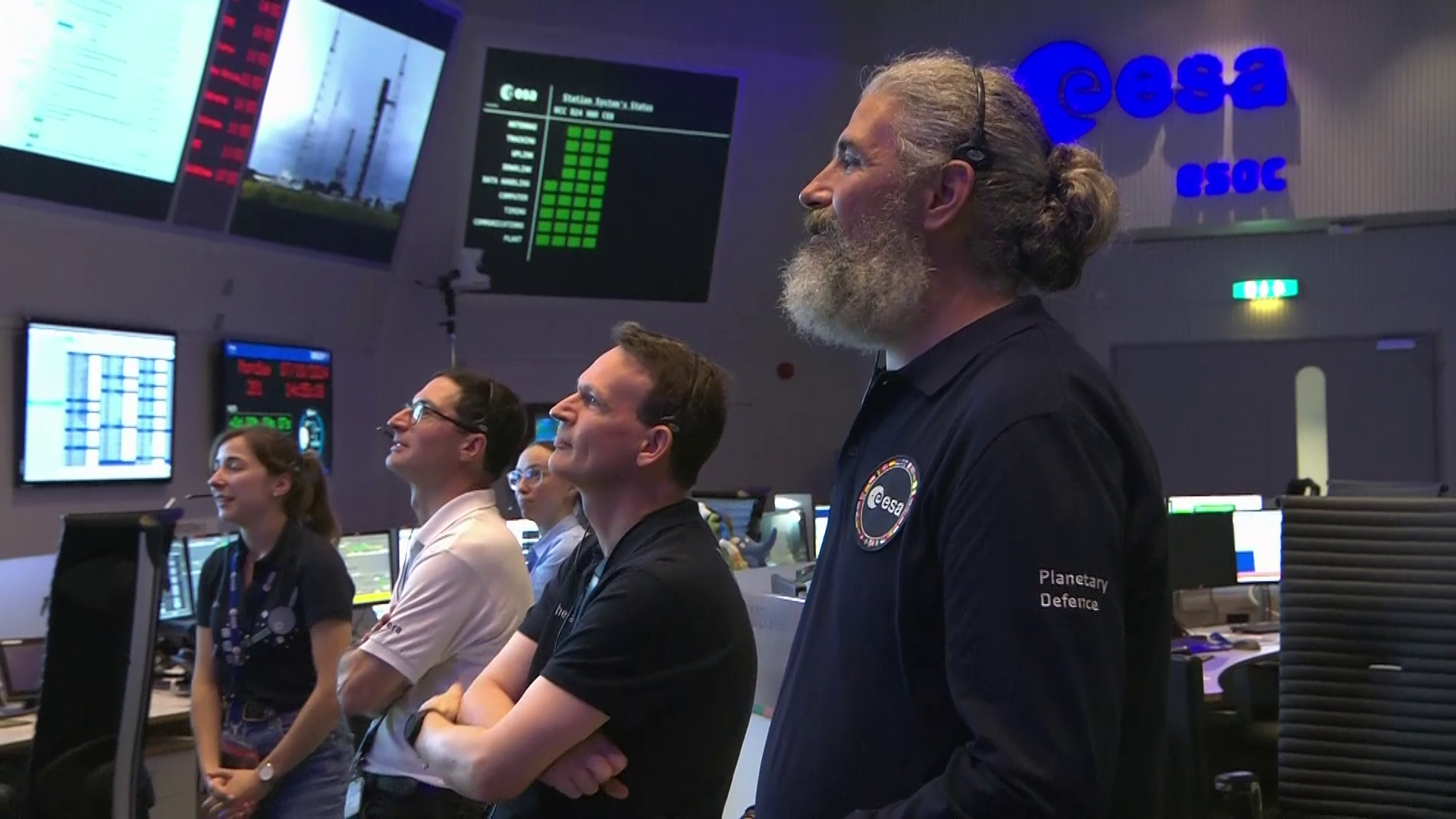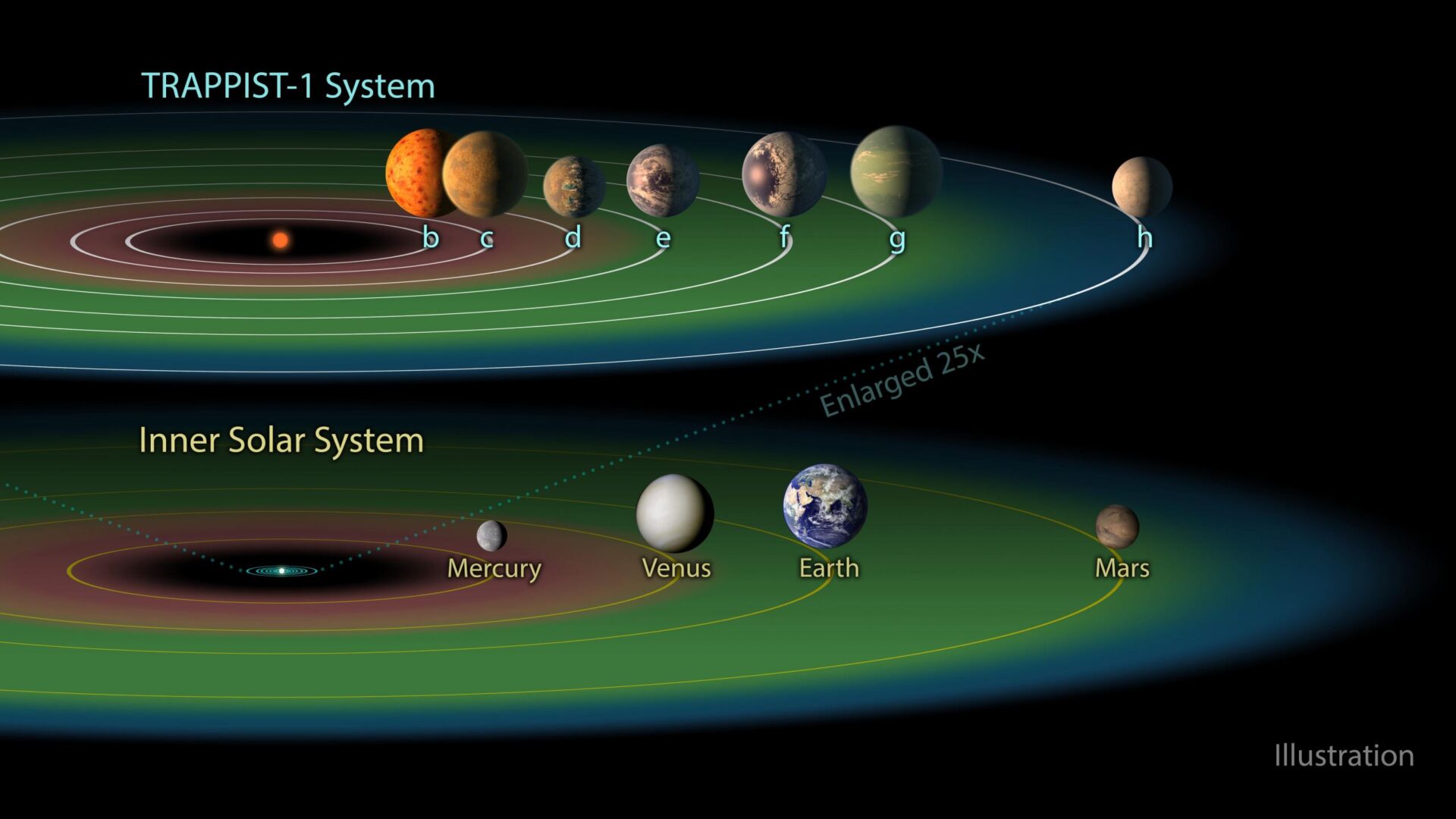The NASA/ESA/CSA James Webb Space Telescope has observed the very outskirts of our Milky Way galaxy. Known as the Extreme Outer Galaxy, this region is located more than 58 000 light-years from the galactic centre.
A team of scientists used Webb’s NIRCam (Near-Infrared Camera) and MIRI (Mid-Infrared Instrument) to image four selected regions within two molecular clouds known as Digel Clouds 1 and 2: 1A, 1B, 2N, and 2S. These Webb observations enable scientists to study star formation in the outer Milky Way at the same level of detail as observations of star formation in our own solar neighbourhood.
Thanks to its high sensitivity and sharp resolution, Webb was able to capture these areas, which are hosts to star clusters undergoing bursts of star formation, in unprecedented detail. Some of the details revealed by these data include components of the clusters such as very young protostars, outflows and jets, and distinctive nebular structures.
In the case of Cloud 2S, shown here, Webb revealed a luminous main cluster that contains newly formed stars. This dense area is quite active and several stars are emitting extended jets of material along their poles. Additionally, while scientists previously suspected a sub-cluster might be present within the cloud, Webb’s imaging capabilities confirmed its existence for the first time. Webb’s data reveal that there are multiple jets shooting out in different directions from this cluster of stars.
This Webb imagery of the Extreme Outer Galaxy and the Digel Clouds is just a starting point for the team. They intend to revisit this Milky Way outpost to find answers to a variety of current questions, including the relative abundance of stars of various masses within Extreme Outer Galaxy star clusters. This is a measurement that would help astronomers understand how a particular environment can influence different types of stars during their formation.
Though the story of star formation is complex and some chapters are still shrouded in mystery, Webb is gathering clues and helping astronomers unravel this intricate tale.
These findings have been published in the Astronomical Journal.
The observations were taken as part of Guaranteed Time Observation program 1237.
[Image description: At centre is a compact star cluster composed of luminous red, blue, and white points of light. Faint jets with clumpy, diffuse material extend in various directions from the bright cluster. Above and to the right is a smaller cluster of stars. Translucent red wisps of material stretch across the scene, though there are patches and a noticeable gap in the top left corner that reveal the black background of space. Background galaxies are scattered across this swath of space, appearing as small blue-white and orange-white dots or fuzzy, thin discs. There is one noticeably larger blue-white point with diffraction spikes, a foreground star in the upper right.]





No comments! Be the first commenter?